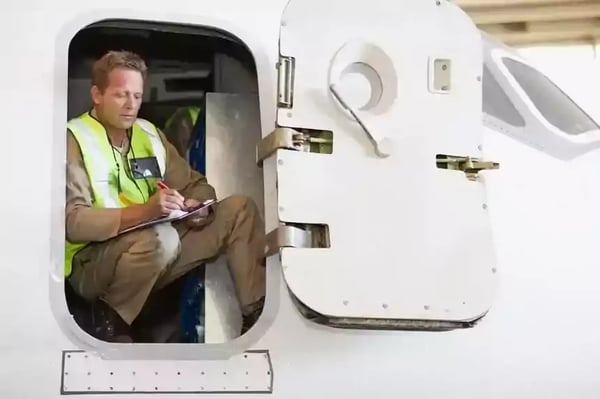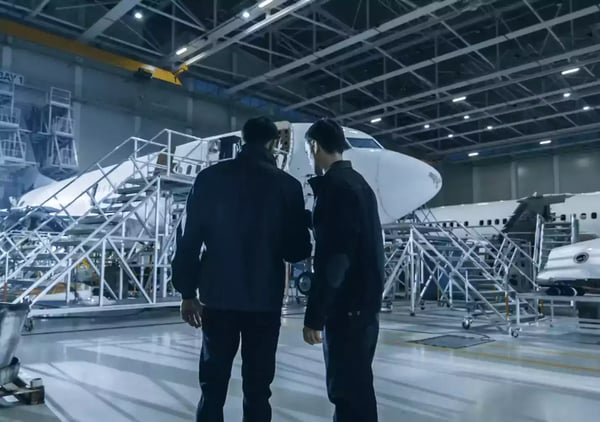The Impact of Regulatory Requirements on Innovation
The aviation industry is constantly evolving and innovating, with new technologies and advancements making flying safer and more efficient than ever before. However, with innovation of the aviation industry comes certain risks and challenges that must be addressed to ensure that safety and security are not compromised. Regulatory requirements have been put in place to address these risks and challenges. In this blog post, I will explore the impact that regulatory requirements have on innovation in the aviation industry and how legislation can support innovation development.
Legislation Supporting Innovation
Firstly, it is important to understand how regulatory requirements impact innovation in the aviation industry. Aviation authorities such as the Federal Aviation Administration (FAA) and the European Aviation Safety Agency (EASA) must approve and certify every component of an airplane, from the engine to the cockpit controls. These regulatory requirements are in place to ensure that every flight is safe and secure. However, they can also create barriers to innovation. Manufacturers are often reluctant to implement new technologies or design approaches if they are unsure of how regulators will respond.
Secondly, this uncertainty can have a significant impact on the speed of innovation. Manufacturers and designers may hesitate to deviate from established practices, even if they believe it will result in a better product or process. This can stall innovation and result in a loss of competitive edge. However, innovation in the aviation industry is crucial for its development. New technologies, materials and designs can lead to better-performing aircraft, lower operating costs, and reduced emissions. Hence, losing the competitive edge could put a company out of the market.
Thirdly, legislation can support innovation by providing a framework for collaboration between regulators and developers. The Aviation Innovation, Reform and Reauthorization Act (AIRR Act) is an example of this. It directs the FAA to establish an aviation rulemaking committee to evaluate and develop regulatory standards for new aviation technologies. This collaboration enhances communication between innovators and regulatory authorities and creates an environment where innovation can thrive, while maintaining safety and security. Hence, the legislation encourages innovation but keeping the safety precautions in place.

Fourthly, regulatory sandboxes are another approach to innovation that governments are using to encourage the development of new technologies. These sandboxes allow developers to test new technologies in a controlled environment under regulatory supervision. Regulatory sandboxes have been employed in the UK, France and Singapore, to name a few. These environments enable innovation in the aviation industry to take place without endangering the safety of passengers and workers. This is an approach that can speed up innovation by bypassing some of the regulatory hurdles.
Conclusion
In conclusion, while regulatory requirements are necessary to ensure the safety and security of the aviation industry, they can also create barriers to innovation in the same industry. However, it is essential to use legislation in a productive way that encourages innovation but keeping the safety precautions in place. Collaborative efforts between innovators and regulatory authorities can lead to the development of new technologies that are safe, secure, and efficient. Regulatory sandboxes also serve as a constructive way of encouraging innovation in the aviation industry. The aviation industry is a vital sector, and it must continue to evolve through innovation. Hence, regulatory requirements and innovation must coexist for the industry to flourish.
For a closer look at how MRO software supports compliance and fosters innovation in aviation maintenance, visit our comprehensive guide on everything you need to know about MRO software.


 Andy Graham
Andy Graham
 If you are interested in knowing how you can improve your efficiency in maintenance operations, book a 30-minutes discovery call with us.
If you are interested in knowing how you can improve your efficiency in maintenance operations, book a 30-minutes discovery call with us.

